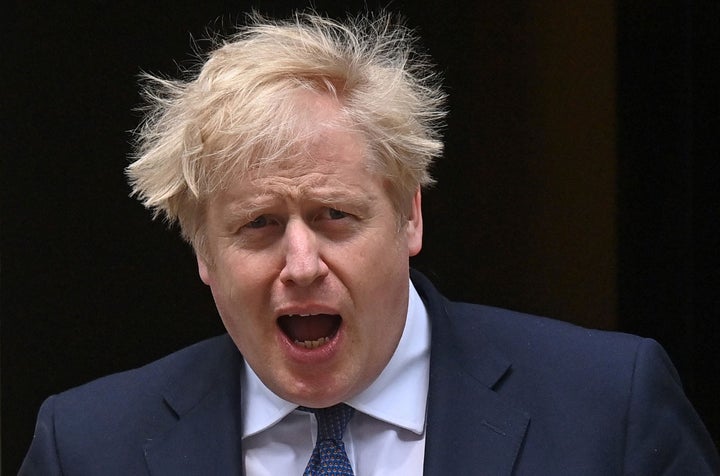
All areas of England will continue to come out of Covid restrictions at the same rate despite a rise in cases in hotspots, No.10 has signalled.
Boris Johnson is not returning to a system of regional tiers on June 21, the next date for the easing of lockdown, the PM’s spokesperson suggested.
Asked if England could copy Scotland in having a system of tiers, the spokesperson said: “This is a national endeavour and we’re moving through the roadmap as one.”
The firm stance came amid increasing concerns that the so-called Indian variant of the virus is rising rapidly in parts of the north west, midlands and London, while large parts of the rest of England are now close to zero cases.
Previous regional differences led Johnson to introduce a system of local lockdowns of varying degrees last year.
The tiered approach was ditched in January when the PM introduced an England-wide lockdown to stem the spread of the Kent variant of virus as it crossed the whole country.
But Scotland has followed its own system of tiers, with five different “Covid protection levels” ranging from 0 to 4 and subjecting residents to almost no curbs to full-on severe restrictions.
First minister Nicola Sturgeon announced on Tuesday that Glasgow would this Saturday join other areas in allowing indoor meetings in homes, pubs and restaurants.
Scientists have been alarmed by the way the Indian variant – now classified by the World Health Organisation as the ‘delta’ variant – has become the dominant strain in parts of England.
Many Tory MPs are determined to fight off any suggestion that the whole country’s move out of lockdown this month should be held back by a few areas.
But politicians in hotspots like Bolton have warned of “civil unrest” if local lockdowns are imposed on them, and last week ministers were accused of confused messages over advice not to travel to and from the areas.
Johnson’s spokesperson said that there was a risk of the variant jumping into neighbouring areas but suggested the answer was greater individual caution rather than a new system of localised curbs.
“In terms of the data, on occasions you can see spikes in individual areas, and it then moves on from that area to an area in close proximity,” they said.
“So it’s important that everybody remains cautious, that everybody continues to abide by the latest advice, because again it’s important we do so to continue to drive down infection rates, continue to drive down hospitalisations and deaths.
“I think it’s worth me re-emphasising the need for anybody who has symptoms to take a test.”
Helen Wall, who runs the vaccine programme in the hotspot of Bolton, said this weekend that “things are starting to slow in terms of the rise here” in Covid cases caused by the Indian variant.
The seven-day rate in Bolton currently stands at 386.7 cases per 100,000, down from 452.8 on May 21, suggesting the recent surge in cases in the town is levelling off.
